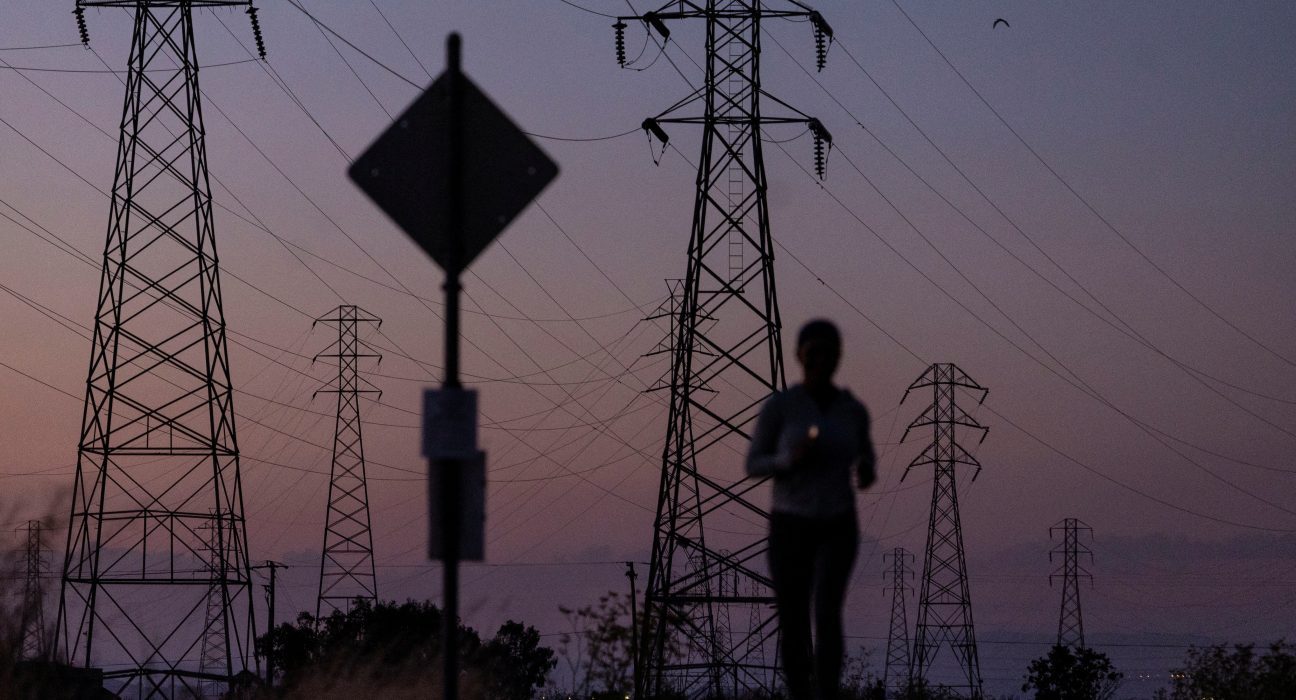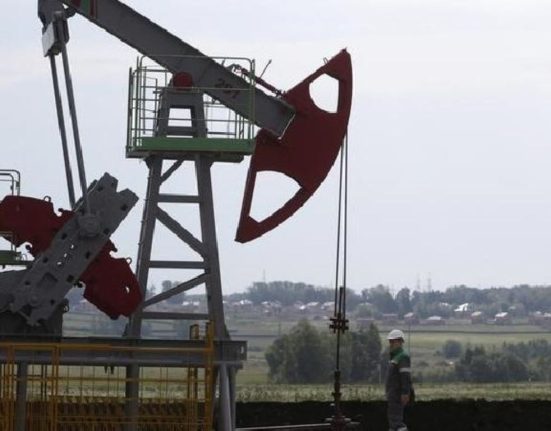As a relentless heat wave blankets California, the state’s power grid operator, the California Independent System Operator (ISO), reassures consumers that there is no need for power conservation measures on Friday. Despite declaring an energy emergency late on Thursday as demand surged due to widespread air conditioning use, the ISO asserts that it has ample resources available to meet the current power load.
The ISO operates the grid, catering to over 32 million consumers and representing about 80% of California’s power demand. On Thursday, the grid operator declared an emergency alert for approximately an hour, citing the impact of heat conditions and higher-than-anticipated demand. The timing of the alert coincided with the setting sun, which reduced the availability of solar power, contributing to the temporary strain on resources.
Notably, California residents have expressed concerns over the power grid’s resilience during extreme weather events, harking back to a brutal heat wave in August 2020 that led to a series of rotating blackouts affecting around 800,000 homes and businesses.
However, the ISO has taken proactive measures to address the current heat wave. Meteorologists from AccuWeather have forecasted unusually high temperatures in Los Angeles, the state’s largest city, reaching the low 90s Fahrenheit (32.8 Celsius) daily from July 21 to July 25. This compares with a normal high of 82 F for this time of year.
Despite the intense heat, the ISO anticipates that demand will remain manageable. The grid operator reported that it was able to resolve Thursday’s emergency situation promptly by securing additional resources, though specifics regarding the origin of these resources were not disclosed. However, the ISO’s website indicated that imports from neighboring states had increased during the time of the emergency.
Looking ahead, the ISO predicts a moderate increase in demand from 42,266 megawatts (MW) on Thursday to 43,512 MW on Friday. This forecast remains well below the grid’s all-time high of 52,061 MW recorded on September 6, 2022.
The soaring demand for power in California has had a notable impact on next-day power and natural gas prices in the U.S. West. Some regions, like the Mid Columbia Hub in the Pacific Northwest, experienced prices surging to their highest levels in three months. This hub is a significant source of California’s electric imports, highlighting the interconnected nature of energy markets.
In California, natural gas plays a pivotal role in power generation, with a significant portion of the state’s electricity coming from gas-fired plants. According to data from 2022, about 49% of the power generated in the ISO originated from gas-fired plants. The rest was distributed among solar (21%), nuclear (10%), wind (10%), and hydro (9%) sources.
While gas-fired plants are essential contributors to the state’s energy mix, California has been striving to diversify its power sources to incorporate cleaner and more sustainable alternatives. Solar power accounts for a substantial portion of the state’s energy generation, emphasizing California’s commitment to renewable energy.
Despite the challenges posed by extreme weather events, the ISO remains vigilant in managing power resources effectively. The grid operator’s ability to navigate periods of heightened demand is crucial in ensuring reliable energy supply and preventing disruptions.
In conclusion, California’s power grid operator is well-prepared to manage surging energy demand amid the lingering heat wave. The ISO’s swift response to the brief energy emergency and its assurances of adequate power resources demonstrate its commitment to providing stable and uninterrupted electricity to consumers. As the state continues to grapple with extreme weather events, its ongoing efforts to diversify power sources and embrace sustainable solutions position California for a more resilient and environmentally conscious energy future.










